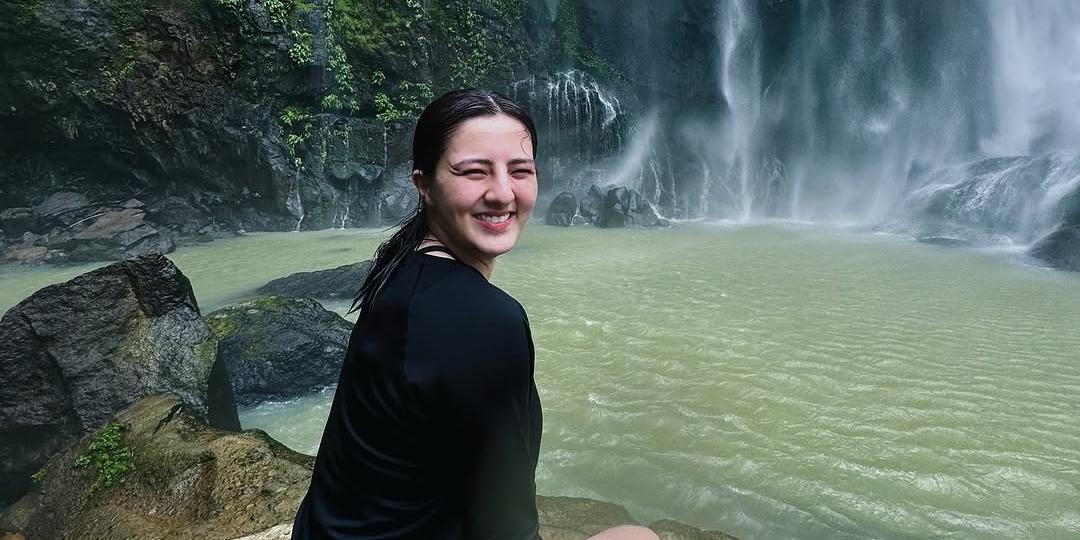Ward W. O’Hara was a founder of the Agricultural & Country Living Museum that bears his name, located at Emerson Park in Owasco. Ward also wrote articles for The Citizen for a number of years, and was known as “The Storyteller.
” Some of his most enduring articles are now being republished monthly. The following article originally appeared in The Citizen on Sunday, April 23, 1995. ( Editor's note : Aside from minor edits for style and grammar, the column has been reprinted as submitted.
) As far as heating stoves is concerned — parlor stoves, wood burning stoves, cast iron pot belly stoves — the time had come for the fire to go out. But grandma’s old black iron kitchen range still had to keep a fire every day to do the cooking and baking and heat water, too. All that started soon after the first quarter of the 1800s was over and the fireplaces with their beehive brick ovens for baking gave way to stoves.
Many people took down their parlor stove around the first of May and moved them to the back room or shed until cold weather came in the fall. Carrying out the stove pipe while trying not to spill soot out of it was a ticklish job, and there was heck to pay if you did. Probably this was no worse than the cussing granddad did when he tried to put that stubborn stovepipe back together next fall.
We dare to say there are people living today who remember having to take down the stove in the living room come spring. A fine example of the old fashioned heating stove stands.



















